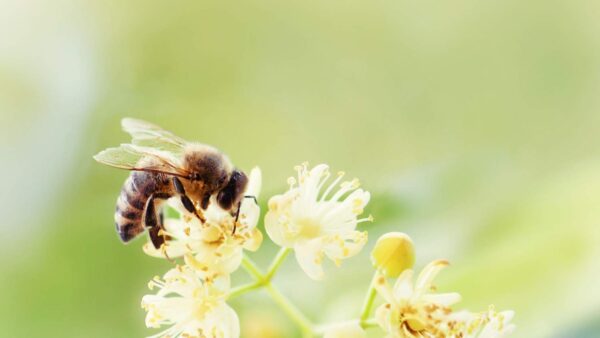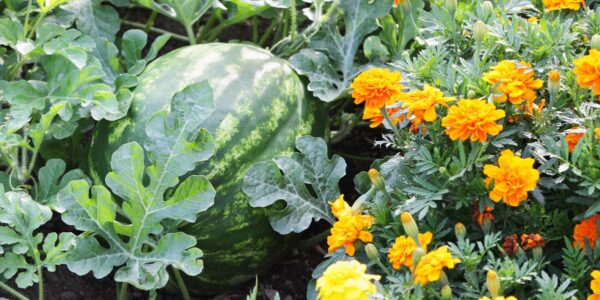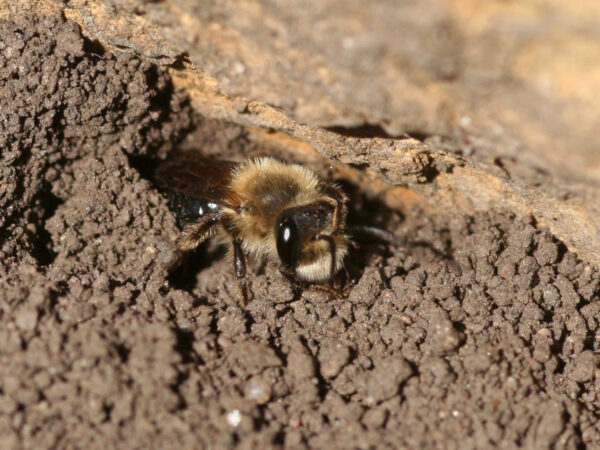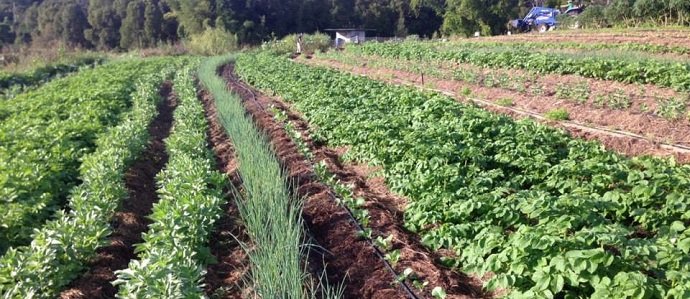
Have you ever wondered why some farmers struggle to produce high crop yields? Well, it is often because they don’t have the right knowledge and information to boost productivity on their farms.
One essential factor that can positively impact crop yield is the presence of pollinators like bees, butterflies, and moths. These little creatures play a crucial role in agriculture by pollinating crops and ensuring the plants produce fruit and seeds.
However, many farmers find it challenging to attract enough pollinators to their farms, which can harm their crop yields and even their businesses’ sustainability. But don’t worry, there are several effective ways to attract pollinators to your farm, and in this article, we’ll explore four of the most successful strategies.
But wait, before we dive into the strategies, let’s take a moment to explore some of the benefits of having pollinators on your farm.
It is essential to understand how these little creatures can positively impact your crop yield and overall farm productivity. So, let’s jump right into it!
Benefits of Pollinators on Your Farm
- Increased Crop Yields
Pollinators play a vital role in the pollination process of many types of crops, such as fruits, vegetables, nuts, and seeds. When plants are properly pollinated, they tend to produce more fruit or vegetables, which leads to a higher crop yield.
- Improved Soil Quality
When pollinators like bees and butterflies help plants produce more fruit or vegetables, they also provide more organic matter for the soil. This helps to build soil health and fertility, resulting in more productive and healthy crops.
By attracting pollinators to your farm, you can create a self-sustaining cycle of healthy plants, healthy soil, and healthy pollinators.
- Reduced Need for Pesticides
When farmers use natural pollinators, they don’t need as many synthetic pesticides and fertilizers. This means they can adopt more sustainable agricultural practices that benefit the environment and human health. By reducing their dependence on chemicals, farmers can work with nature instead of against it, resulting in a more balanced and sustainable farm ecosystem.
4 Strategic Ways to Attract Pollinators to Boost Your Farm’s Productivity
Now that you’re aware of the benefits of pollinators on your farm, you’re probably wondering how to attract them. Luckily, there are a number of strategic ways to attract pollinators to your farm, let’s take a closer look at four of these strategies, so you can start implementing them on your farm today.
1. Plant a variety of flowering plants on your farm.

Pollinators are drawn to various kinds of flowers, so it’s essential to provide a range of options. For example, planting okra, pepper, and tomatoes can attract bees and butterflies to your farm.
Different pollinators are attracted to different types of flowers, so it’s important to provide a variety of options. Sunflowers, cosmos, and marigolds are great options as they attract a wide range of pollinators.
When choosing which flowers to plant, consider the timing of their bloom.
Pollinators need a consistent source of nectar and pollen throughout the growing season, so it’s important to plant flowers that bloom at different times. Hibiscus and African tulips are great options for late-season bloomers.
You may also want to consider planting herbs like basil, mint, and sage. These plants produce flowers that attract pollinators and also serve as natural pest repellents.
2. Provide Habitat for Pollinators

While planting a diverse array of flowers is crucial, providing a habitat for pollinators is equally important. Here are some practices farmers can adopt:
- Create nesting sites: Many bees and other pollinators nest in the ground, so farmers can create nesting sites by leaving bare patches of soil or small piles of wood chips. These will provide suitable nesting sites for the pollinators.
- Provide shelter: Butterflies and moths need shelter to escape from wind and rain. Planting shrubs and trees can provide suitable shelter, and it also helps to create windbreaks that can be used by other beneficial insects.
- Creating water sources: Pollinators also need access to water, so providing a small pond or bird bath can help attract them to the farm. A simple way to create a water source is to place a shallow dish or container filled with water in a shaded area.
3. Reduce the Use of Pesticides

The use of these chemicals can harm pollinators and reduce their populations, ultimately impacting the productivity of your farm. Instead, consider adopting integrated pest management (IPM) techniques that can help manage pests without relying on synthetic pesticides. Some of the techniques that can be adopted for this include
- Crop Rotation: This involves rotating the crops grown in a specific area over time. This helps to reduce the build-up of pests and diseases in the soil, which can improve the overall health of your crops and attract pollinators.
- Natural predators: Introduce natural predators that can help control pests on your farm. For example, ladybugs and lacewings can help control aphids, which are common pests in many crops. This not only helps to reduce the use of synthetic pesticides but also provides a habitat for beneficial insects that can help pollinate your crops.
- Cultural Practices: By removing infected plants, you can prevent the spread of diseases to other plants and reduce the need for pesticides.
4. Planting Indigenous Plants

Indigenous plants are naturally found in a particular area or region and have adapted to the local conditions.
Examples of indigenous plants in Africa include the African star apple, and African locust bean. These plants are more attractive to local pollinators like bees and butterflies, and planting them can create a pollinator-friendly environment on your farm.
Plus, indigenous plants are low-maintenance and cost-effective, as they are already adapted to the local climate and soil conditions.
Conclusion
By adopting these strategic methods, you can create an ecosystem that pollinators will love to inhabit on your farm. Whether you choose to plant a variety of flowers, provide habitats, or reduce synthetic pesticide use, you can help enhance your crop yields and contribute to sustainable farming practices.
With your efforts, you can ensure a healthy environment for pollinators and for your farm. So, don’t wait any longer; start implementing these steps today and enjoy the benefits of attracting pollinators to your farm.